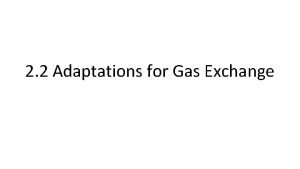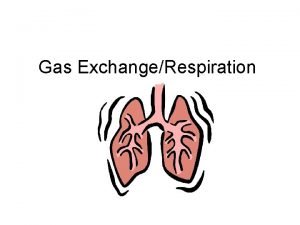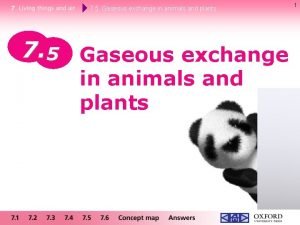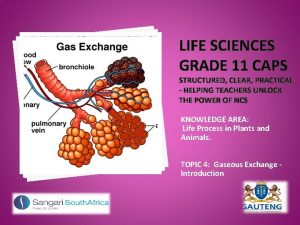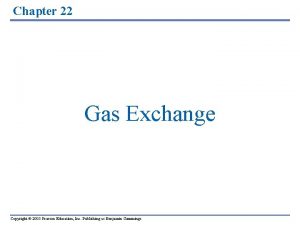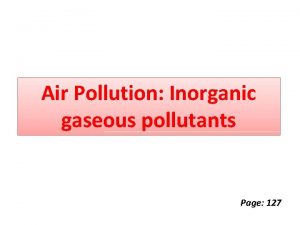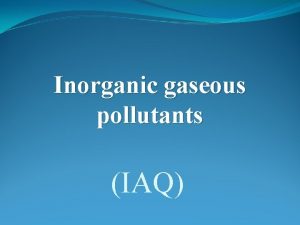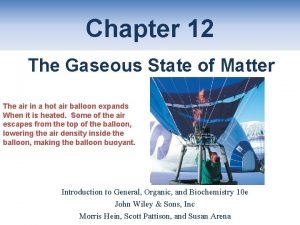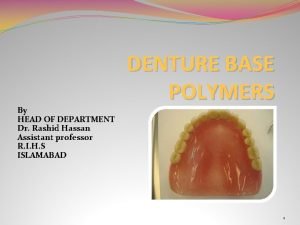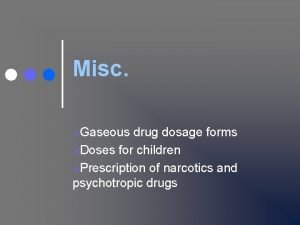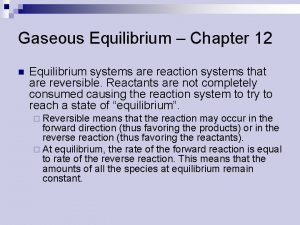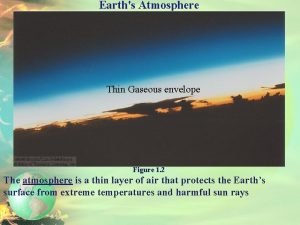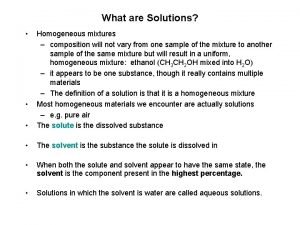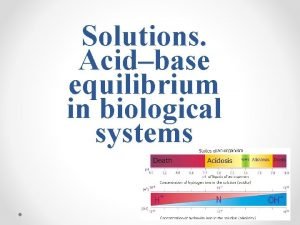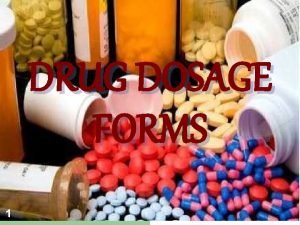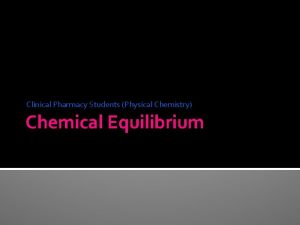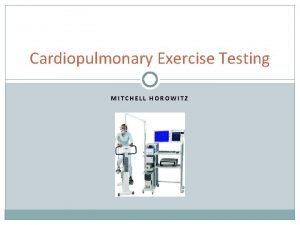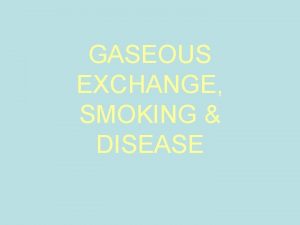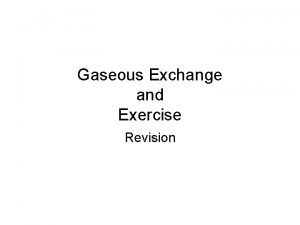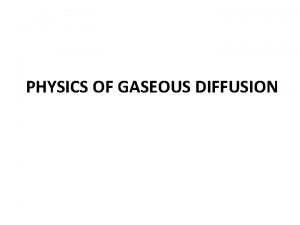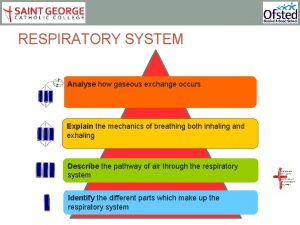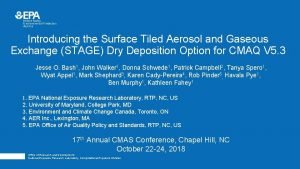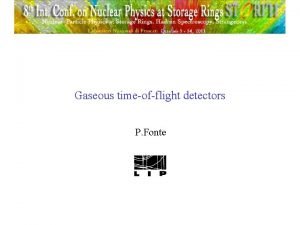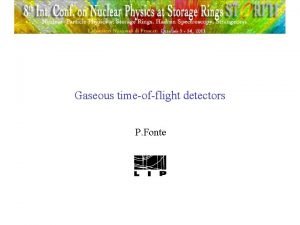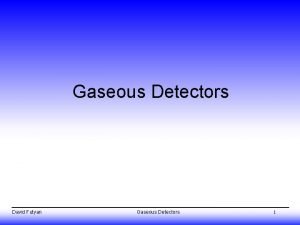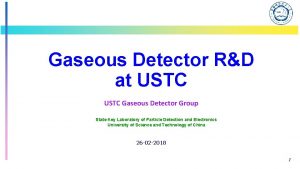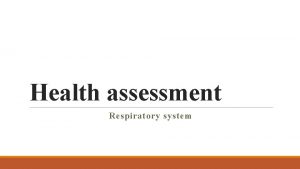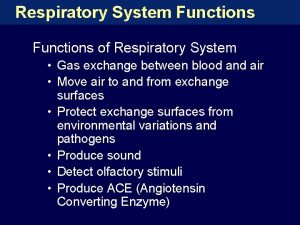GASEOUS EXCHANGE Respiratory surface Respiratory System in Human





























- Slides: 29

GASEOUS EXCHANGE Respiratory surface Respiratory System in Human Control of breathing Gaseous exchange in Insect Gaseous exchange in Fish Gaseous exchange in Plant

Respiratory surface Small organisms surface volume ratio is large Larger organism surface volume ratio is small

Characteristics of respiratory surface Large surface area 2. Moistened surface 3. Thin and freely permeable to gases 4. With transport system 1.

Types

Human Respiratory System

Lung tissue

Mechanism of Breathing Animation


Treatment to inhaled air 1. Warmed nostrils by capillary in 2. Moistened by mucus 3. Cleaned and filtered cilia and mucus by hair,

Lung capacities Volume of air

Control of Breathing Respiratory centre Chemoreceptor p. CO 2

chemoreceptor 1. Peripheral chemoreceptor Detect both Po 2 and PCO 2 Carotid bodies, aortic bodies 2. Central chemoreceptors Detect PCO 2 Medulla Effect of PCO 2 is larger than Po 2

Respiratory centre l. In medulla oblongata l. Receive impulse from chemoreceptor l. Send impulse to diaphragm and intercostal muscle l. Change rate and depth of breathing

Effect to lung lp. O 2 decrease and p. CO 2 increase rate and depth of breathing increase lp. O 2 increase and p. CO 2 decrease Rate and depth of breathing decrease

Other effect lp. CO 2 increase l. Heart : rate increase l. Blood vessel: vasodilation l. Increase rate and volume of CO 2 transport

Partial pressure of CO 2 p. CO 2 increase Detected by chemorecetor Impulse to respiratory centre Impulse to intercostal and diaphragm muscle by efferent nerve Rate and depth of breathing increase p. CO 2 back to normal Feedback

Gaseous Exchange in insects Mechanism Abdomen movement, fluid movement

Trachea

Spiracle

During rest exercise less more fluid During exercise

Breathing in fish

Gill

Gill photo

Where is gaseous exchange taking place? Buccal surface Skin Gill in tapole

Bird

Gaseous Exchange in Plant No special organ for breathing but some special features in various organs for increasing surface area Leave Stem Root

Leave

Root Hair

Lenticel
 Gaseous exchange in protozoa
Gaseous exchange in protozoa Gaseous exchange in grasshopper
Gaseous exchange in grasshopper Gaseous exchange in animals
Gaseous exchange in animals Life science grade 11 gaseous exchange practical
Life science grade 11 gaseous exchange practical Earthworm exchange of gases
Earthworm exchange of gases Conducting zone and respiratory zone
Conducting zone and respiratory zone Digestive system respiratory system and circulatory system
Digestive system respiratory system and circulatory system My very excited mother just served us nachos
My very excited mother just served us nachos Inorganic gaseous pollutants of air
Inorganic gaseous pollutants of air Inorganic gaseous pollutants of air
Inorganic gaseous pollutants of air Gaseous state chapter
Gaseous state chapter Gaseous porosity denture
Gaseous porosity denture Inhalanda
Inhalanda Gaseous equilibrium
Gaseous equilibrium Gaseous envelope of the sun
Gaseous envelope of the sun Are solutions homogeneous
Are solutions homogeneous Khbo2
Khbo2 Define dose
Define dose At 500 k one mole of gaseous oncl
At 500 k one mole of gaseous oncl Chapter 7:10 respiratory system
Chapter 7:10 respiratory system Human respiratory system diagram
Human respiratory system diagram Picture description exercise
Picture description exercise Determination of exchange rate
Determination of exchange rate Voluntary exchange
Voluntary exchange Gas exchange key events in gas exchange
Gas exchange key events in gas exchange How respiratory system work with circulatory system
How respiratory system work with circulatory system Circulatory system and respiratory system work together
Circulatory system and respiratory system work together What is the lateral surface area of prism
What is the lateral surface area of prism Spin coat
Spin coat Surface area of a cone
Surface area of a cone
